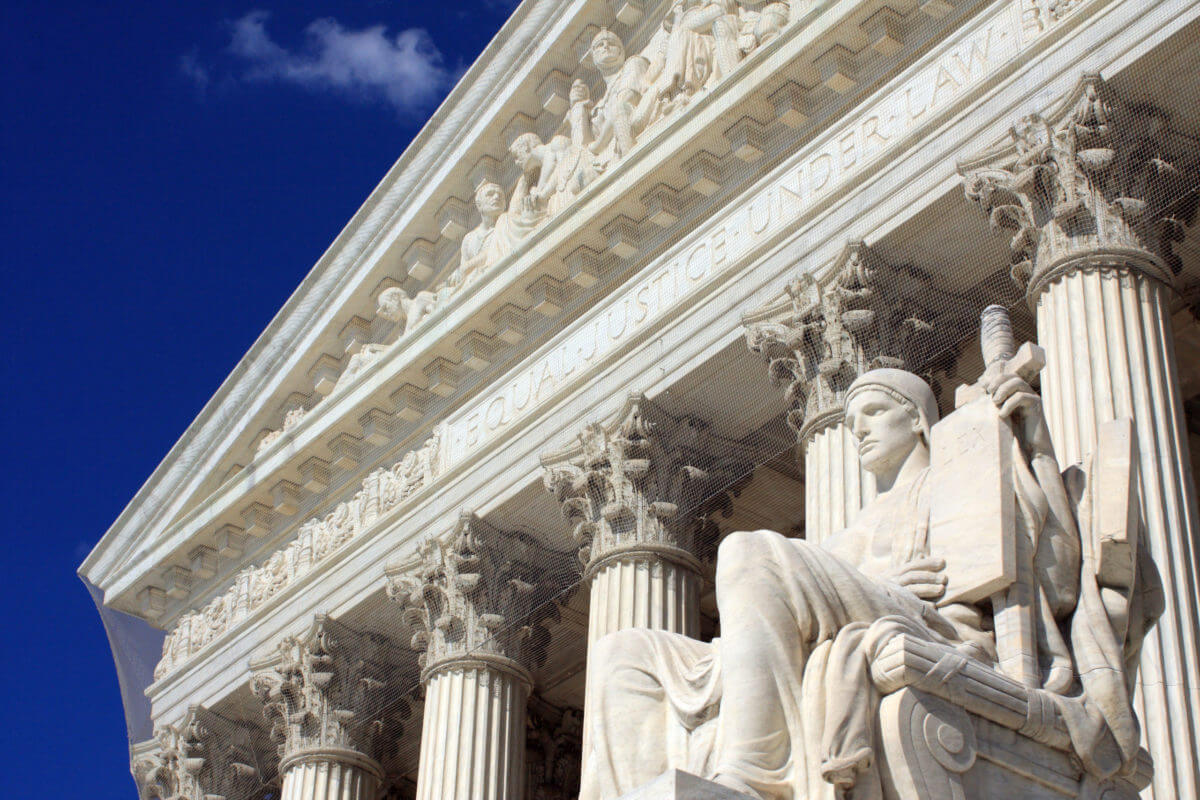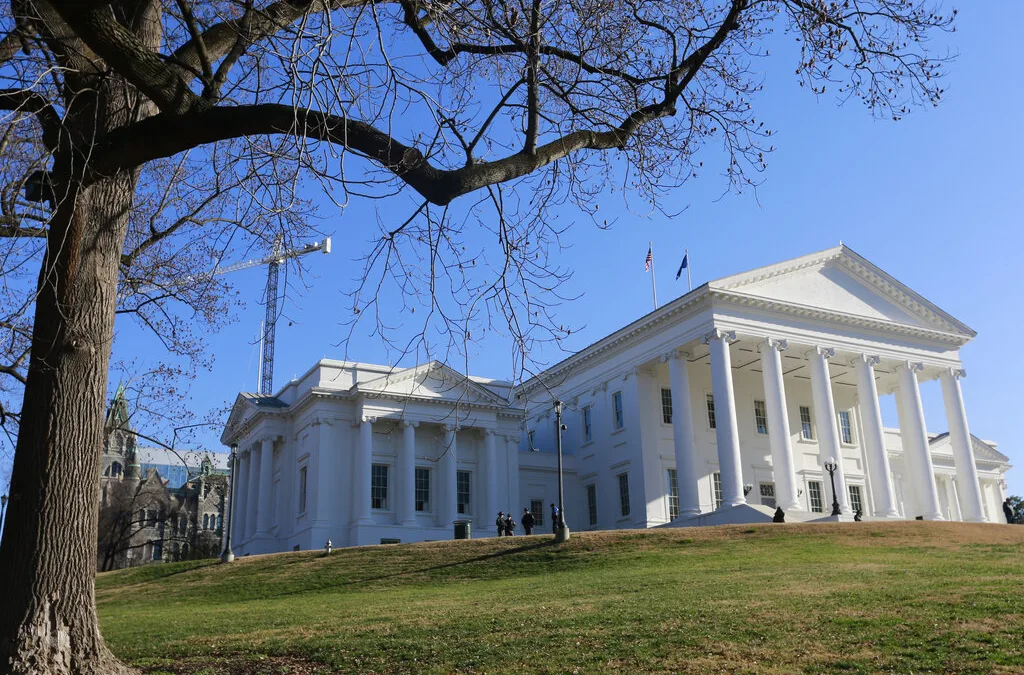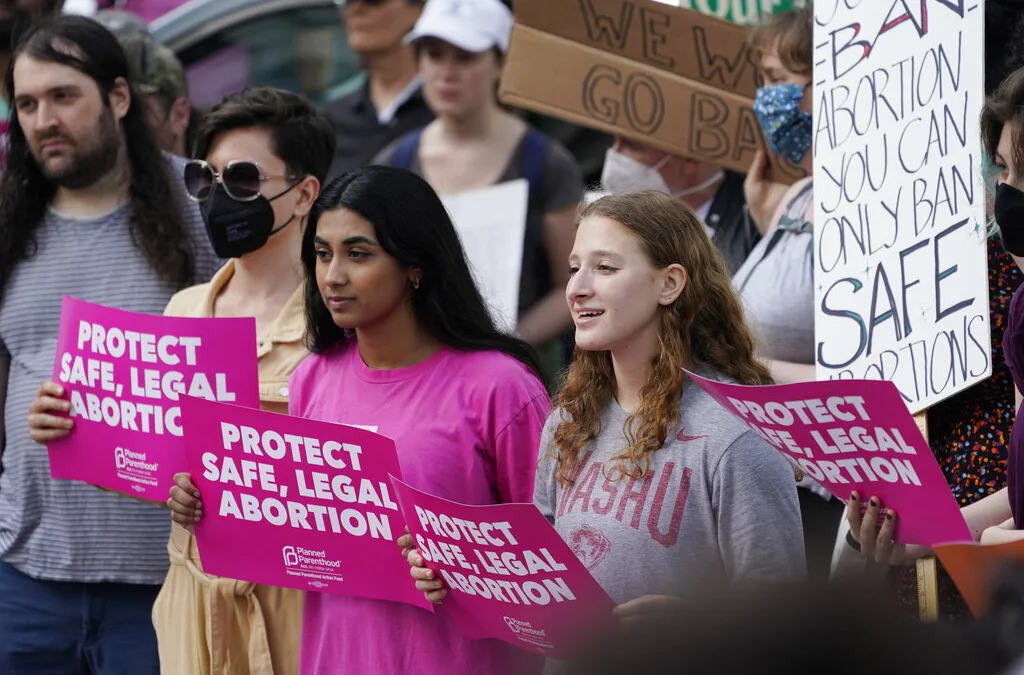
Republicans have confirmed hundreds of conservative judges across the US since President Trump took office (Shutterstock).
Since 2016, President Trump and Senate Republicans have installed die-hard conservatives in lifetime judicial appointments, packing the courts in favor of their agenda.
When Supreme Court Justice Ruth Bader Ginsburg passed away in September, it immediately raised questions about the ideological makeup of the nation’s highest court. At the same time, though, the courts have been ideologically tilted in another way: Senate Republicans filled every empty appeals court opening with a conservative judge before the end of the summer.
“When we depart this chamber today, there will not be a single circuit court vacancy anywhere in the nation for the first time in at least 40 years,” Senate Majority Leader Mitch McConnell said in June, before the vote on the Trump administration’s two-hundredth judge. “It’s a victory for the rule of law and for the Constitution itself.”
On the surface, it may appear that the Senate was merely fulfilling its duties. However, Republicans were able to fill so many open spots because of the historic number of judgeships left open due to earlier political maneuvering. When President Barack Obama was still in office, McConnell and his party blocked the vast majority of Obama’s nominees. In fact, the confirmation rate of Obama’s nominees decreased from nearly 90% down to 28%, according to Politifact, after the GOP won the Senate in 2014.
Sorting Fact From Fiction: Sign Up for COURIER’s newsletter.
Today, Republicans—from the vice-presidential debates to misleading GOP political ads surfacing in the final weeks before Election Day—are falsely trying to pin their election hopes on the specter of Democrats packing the courts. But that exact tactic has been part of the Republican playbook for some time now, allowing them to install significant numbers of judges that are favorable to their agenda at federal and state levels.
After the death of Justice Antonin Scalia in 2016, NPR reported that three Republican senators suggested that they might simply leave the ninth seat unfilled for an entire presidential term. Of course, those senators—including Ted Cruz and Richard Burr—were anticipating aHillary Clinton presidency. Instead, Donald Trump was elected.
Or, as Burr put it to Republicans in the final days before that presidential election: “If Hillary becomes president, I am going to do everything I can do to make sure four years from now, we still got an opening on the Supreme Court.” Instead, once the party had a Republican in the White House, they swiftly nominated and approved conservative Justice Neil Gorsuch to take Scalia’s place.
And despite Trump’s insistence that Democratic presidential nominee Joe Biden would “pack the courts” during the first presidential debate, it is Republicans and his administration that have acted most often in recent history to change the size of the courts.
A study from Duke University Law Professor Marin Levy found that there have been 20 bills to change the size of 11 different state supreme courts in the past decade, and most of those efforts were led by Republicans.
RELATED: Amy Coney Barrett’s Views Are Out of Step With Most American Catholics
One such example is in Arizona, where Republican Gov. Doug Ducey—over the objection of every Democrat in the state legislature—added two new justices to the state’s supreme court. That shifted the court from being “moderately conservative” to one that “emphasizes libertarianism, populism, and law and order, in line with Ducey’s own views,” according to Politico.
In other words, when changing the court’s structure is in their political interest, Republicans are for it. When they aren’t in power, they’re against it.
According to a March report by The New York Times, Republicans have packed the appellate courts with the express purpose of shifting the ideological balance in their favor. In their analysis, the vast majority of the Trump appointees—two-thirds of 53 total appointees—were white men. Aside from that, several served in the Trump administration.
Trump’s appointees now make up over 25% of appellate court judges. And they are having an impact on how those courts rule. The New York Times’ analysis of their decisions shows that they are more likely to rule along party lines (i.e., with Republicans) than appointees of past administrations—Democrat and Republican alike. That kind of fealty to ideology is precisely what Republicans call “court packing” when it comes to Democrats.
Or as Prof. Levy put it: “The proposed attempts to alter the courts were often done in ways that would guarantee adding justices from a political party to shift the ideological makeup of the court in a considerable way.”

VIDEO: Your support matters!
Your support matters! Donate today. @vadogwoodnews Your support matters! Visit our link in bio to donate today. #virginianews #virginia #community...

Op-Ed: Virginia’s new Democratic majorities pass key bills to improve your lives, but will Youngkin sign them?
The 2024 Virginia General Assembly regular session has wrapped up. It was a peculiar session from the outset, with Democratic majorities in the...

Op-Ed: Why Virginia Needs A Constitutional Amendment Protecting Reproductive Freedom
Virginia’s recent election season in 2023 drew in eyes from all over the country. Reproductive freedom was on the line and Virginia remained the...

From the state rock to the state flower, here’s how Virginia got its symbols
Have you ever wondered why the Dogwood is the state flower? Or how the cardinal became the state bird? We’re here to answer those questions and more...

VIDEO: Second-gentleman Douglas Emhoff gives speech on reproductive freedom
Second gentleman, Douglas Emhoff touched on reproductive freedom not only being a woman's issue but "an everyone's issue" during the Biden-Harris...

Glenn Youngkin and the terrible, horrible, no good, very bad night
Election Day 2023 has come and gone, and while there are votes to be counted, one thing is perfectly clear: Virginians unequivocally rejected Gov....





